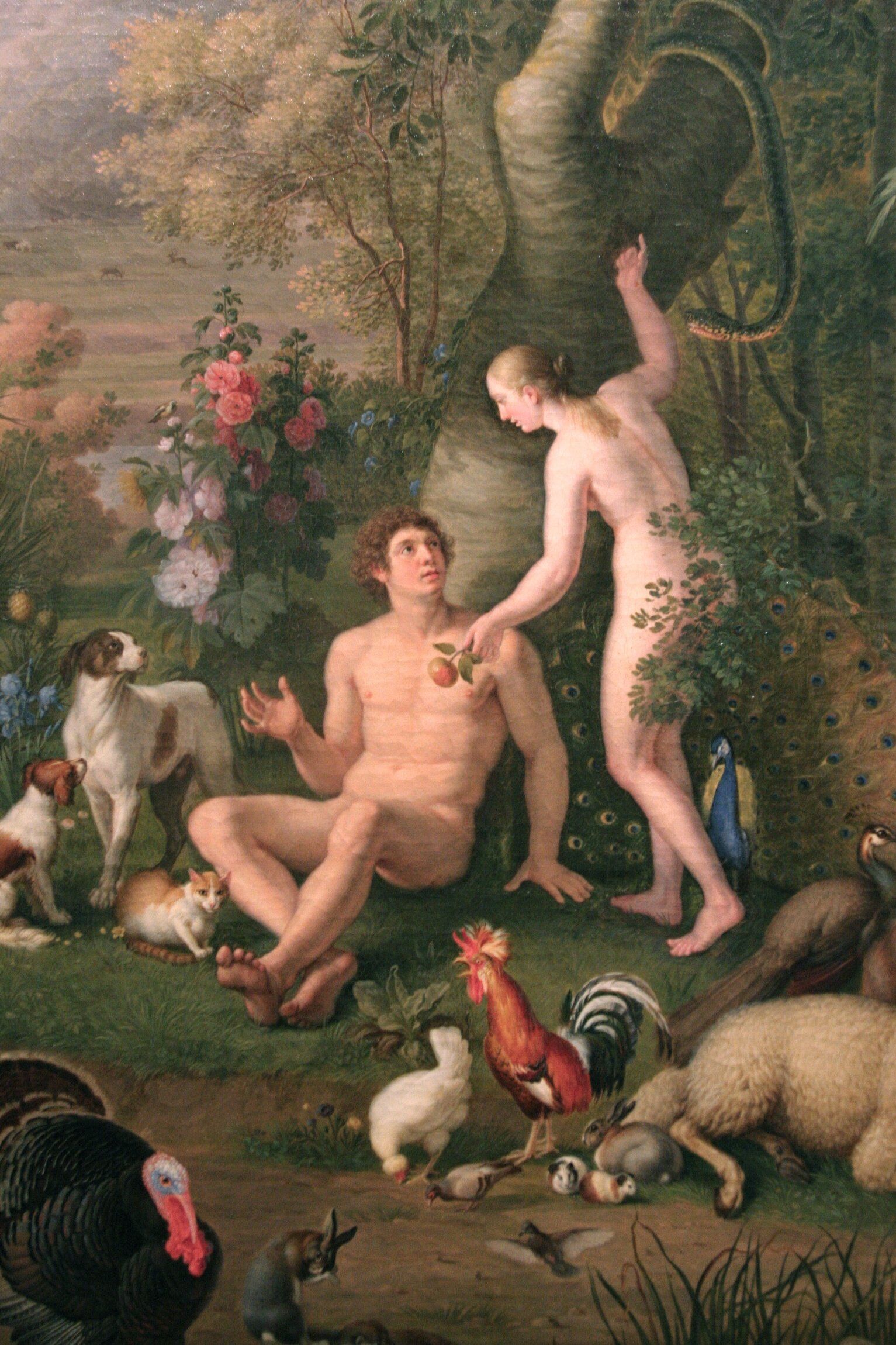Reaching out in faith: Reconciling Adam and Eve and evolutionary science
Q: How do we reconcile the story of Adam and Eve and original sin with evolution?
(Schuylerville, N.Y.)
A: Thanks for the question! We can say the creation story in the Book of Genesis — while being true — was not meant as a literal or technical scientific account of how the material world was formed.
Although we often refer to the Bible as one book, it’s a library of different books. And while all sacred Scripture is the inspired word of God, the human drafters of the various books within the Bible were writing at different times, for different reasons and in different literary genres. Within the Bible, we have books which are plainly intended as eyewitness historical accounts (e.g., the Gospel of John); along with other works which were obviously meant as symbolic allegories (e.g., Revelation). Likewise, we have works that spell out practical laws (Leviticus) along with sacred poetry (Psalms).
To draw a comparison with secular literature, it would be unreasonable to criticize a cookbook for not having much of a plot, and it would be silly to say that a fantasy novel was “wrong” because it didn’t teach you how to do your taxes or fix a leaky faucet. We understand that different kinds of books have different purposes, and that no one kind of book can meet every need. Just so, we could describe the beginning of the Book of Genesis as a sort of “theological history,” because it tells us, in narrative form, some real and important things about the nature of God and his relationship to creation. Namely, from Genesis we know that God created everything out of nothing in an act of pure will; that he considers his creation to be good; that God wished to create humanity in his own image and likeness — meaning that humans have free will — and that the first humans abused this power of free will to turn away from God.
Significantly, from the creation story we learn that God did not actively desire humanity to experience suffering or death, but rather that this fundamental disorder in the universe came about because of a primordial human choice.
Conversely, the creation story in Genesis is not the equivalent of a textbook in geology, physics or biology. The creation story doesn’t try to concern itself with details such as the wavelength of the first light created, or where exactly the first plants and animals would fit into our modern biological classification systems. We don’t even know exactly how long each of the first seven “days” were in Genesis, since the term “day” in this context is used in a clearly poetic sense — that is, the author of Genesis couldn’t have intended to speak of “days” in literal astronomical terms, since the sun itself was only created on the fourth “day.” (Gen 1:14-19)
Still, it is legitimate for us to be curious and ask questions about how God’s process of creation manifested itself concretely in the physical world. That type of scientific inquiry, however, proposes the answers to different kinds of questions than what the Book of Genesis seeks to address — though it is interesting that even Genesis seems to allude to a certain evolutionary process of sorts, with God creating simpler life forms before the more complex ones, and with humanity being the capstone of creation.
As St. John Paul II writes at the very start of his 1998 encyclical letter, “Fides et Ratio”: “Faith and reason are like two wings on which the human spirit rises to the contemplation of truth; and God has placed in the human heart a desire to know the truth.”
– – –
This column is written by Jenna Marie Cooper, who holds a licentiate in canon law, is a consecrated virgin and a canonist whose column appears weekly at OSV News. Send your questions to CatholicQA@osv.com.



